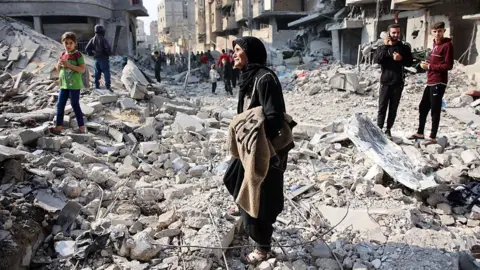DR. ALLAH BAKHSH GULSHAN
Cholistan is a vast subtropical arid expanse of south-western Punjab Pakistan. The most of this area is unattended from many decades. Here the life of living organisms of the kingdom Animalia and plantae both is very tough and life face many challenges for their survival in the silhouette of feed, health and shelter. The most one vital thing for life i.e. water availability is a main problem in the area. The area was rich in diversity of flora and fauna instead of acute shortage of water in 1950 decade. But due to continuous grazing/browsing/hunting the valuable flora and fauna gradually decreased till the date. Moreover, due to lack of proper planning of government in Cholistan region the precious animals and plants have become rarely rare day by day. In the recent situation various plants and animals are near to be extinct. For centuries, the harsh desert environment has posed significant challenges to the livelihoods and well-being of Cholistan’s communities, who have struggled to eke out a living amidst the unforgiving sand dunes and scarce water resources. However, if the government took and focused serious initiatives to spread foliage and established afforestation throughout the desert landscape then anatomical features of flora and fauna breathe as a well-being and sustainable life. For the precious animals hunting free/protected area is declared by the government to save the soul of natural/wild diversity of animals and plants of this area. The majestic sand/mud dunes of Cholistan desert could change into flourishing foliage by the adaption/ utilization of modern technological tools and sustainable management practices e.g by introducing the various types of drought-resistant varieties in the form of trees, nutritious crops, vegetables. The lives of Cholistan’s communities will renovate to empower them in the field of agriculture and livestock to build resilient livelihoods, improve their health and well-being. A journey to the Cholistan Desert, a region in southwestern Punjab, Pakistan, where a remarkable transformation is underway. For centuries, this desert landscape has been synonymous with harsh conditions, scarce resources, and resilient communities. The Cholistan Desert has always been a challenging environment for its inhabitants. It is better for the inhabitants of Cholistan, when the government provide the elementary necessities to their lives in the form of good infrastructure and experts to run the basic health units in the field of health. In addition, the agriculture department provide them drought/ environmental resistant varieties to grow for nutrition. Moreover, water and power authority to ensure the availability of normal water for cultivation and daily use of the residents of the desert. Roshan program of Pakistan is a good initiative of the government and provide free solar system to the nomadic families of the Cholistan region. Then the slogan “jaag maag saara Pakistan” will accomplish. Notwithstanding, these challenges, the communities of Cholistan have shown remarkable resilience and adaptability to survive their lives in the desert. It is better to develop sustainable solution for addressing the root causes of poverty, inequality, and environmental degradation of the area, because only resilience is not enough. Now need of the time to invest in climate-resilient infrastructure, including renewable energy, water harvesting, and climate-resilient agriculture. it is also key important to ensure the local communities are involved in the planning and decision-making process, so that their needs and priorities are taken into account. Finally, to recognize the importance of foliage and afforestation in addressing the climate crisis. Trees are one of the most effective tools we have in combating climate change, and they provide numerous co-benefits, including improved air and water quality, soil conservation, and biodiversity protection. In conclusion, the transformation of the Cholistan Desert into an oasis is a remarkable story of resilience, adaptability, and innovation. Finally, the stakeholders and the Cholistani communities, Together, they can create a brighter future for the communities of Cholistan and for the beautification the part of planet, Pakistan. PAKISTAN PAINDA BAD
The Author is DEPARTMENT OF BOTANY GHAZI UNIVERSITY DERA GHAZI KHAN









